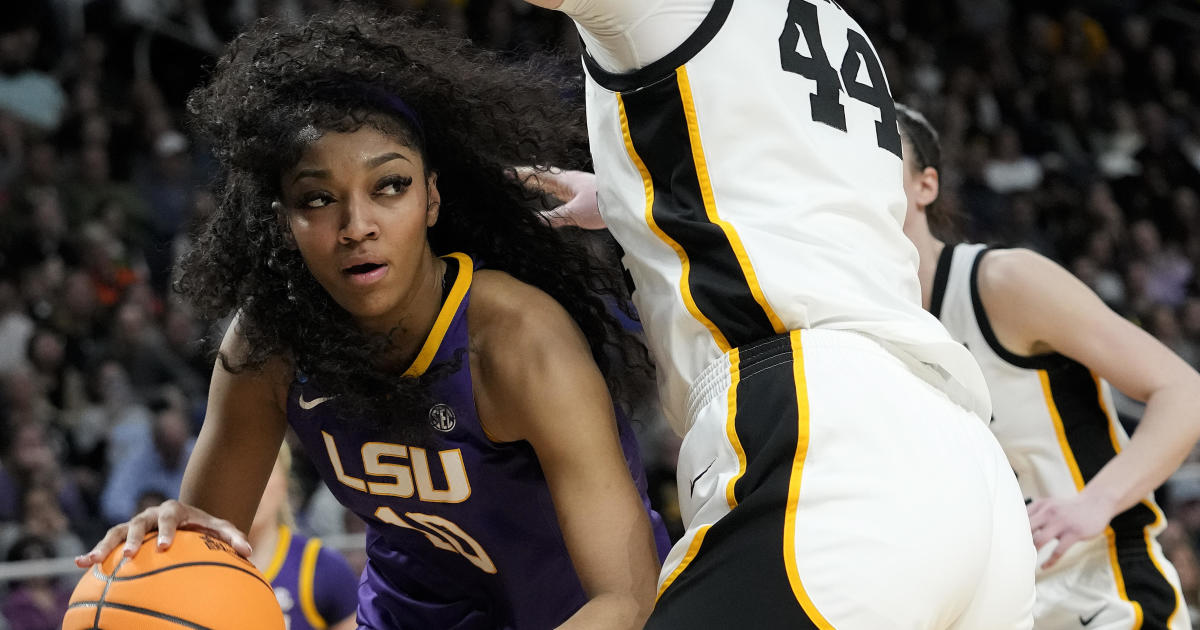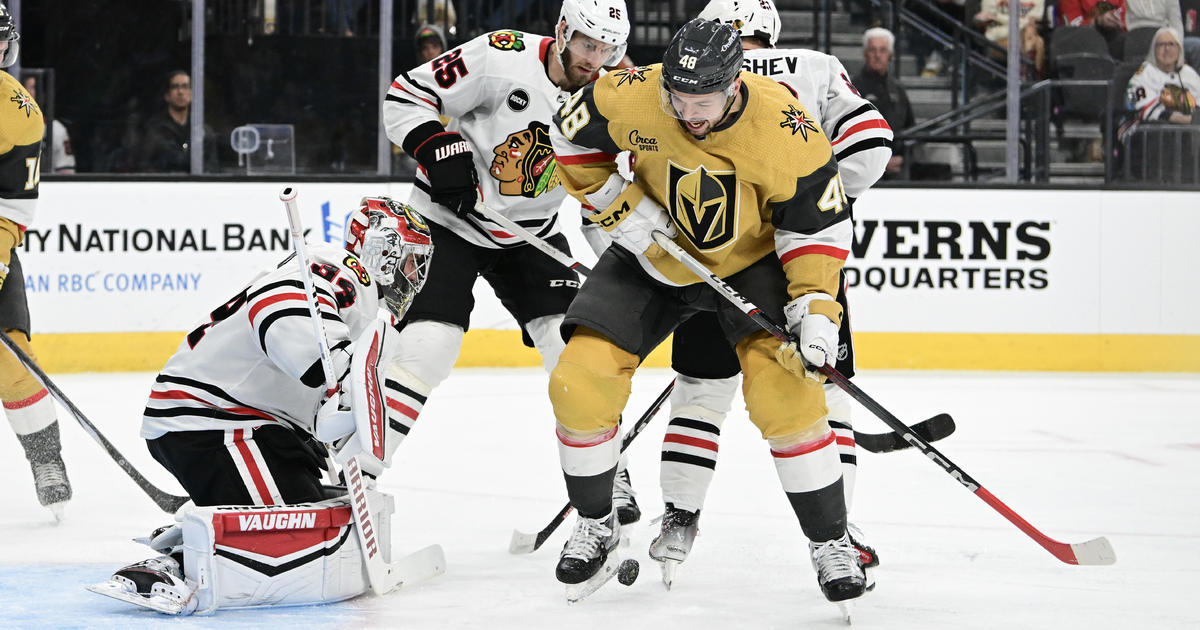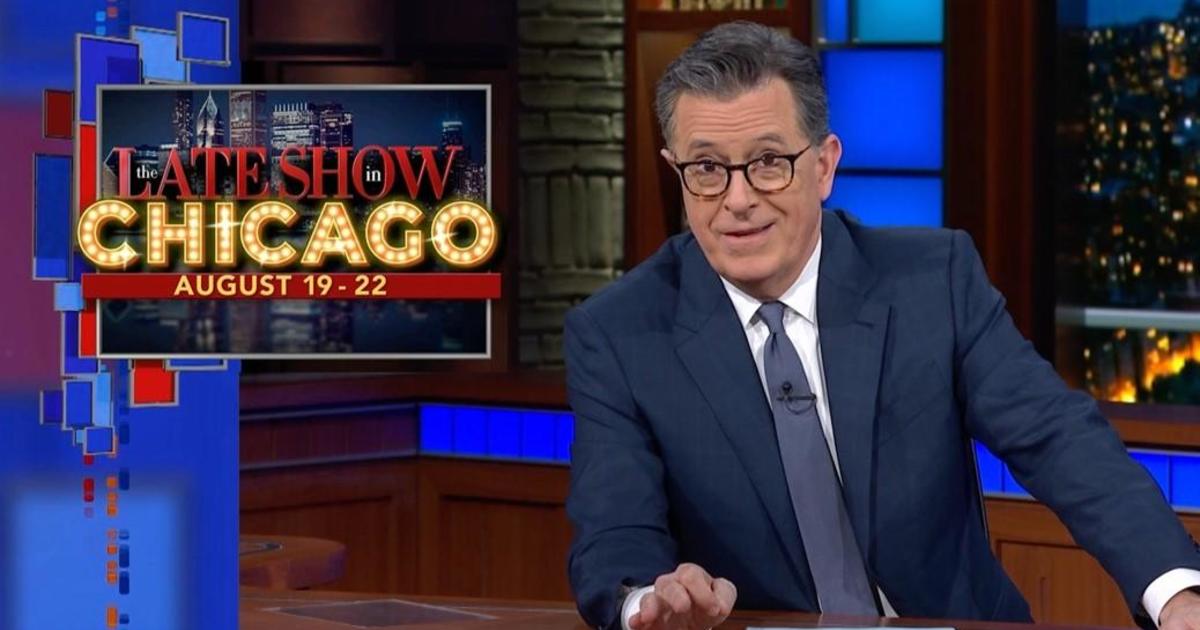Wisch: Past QBs Show Lunt Could Be An Illini Savior
By Dave Wischnowsky –
(CBS) The weather is supposed to be warm Saturday in Champaign for the University of Illinois' spring football game, but probably not as hot as Tim Beckman's seat will be this fall if his Illini don't make a bowl game.
If the third-year coach is to be assured of a fourth, it likely will be thanks to the strapping kid wearing the red No. 12 jersey during the 2 p.m. scrimmage at Memorial Stadium.
That would be 6-foot-5, 210-pound Wes Lunt, the strong-armed Oklahoma State transfer who hasn't yet been formally named the Illini's starting quarterback for the 2014 season, although from all indications it's only a matter of time until he is.
On Friday, Champaign News-Gazette columnist Loren Tate wrote about the redshirt sophomore quarterback, "While it's too early for comparison, there are those already mentioning Lunt in the same sentence with Tony Eason, Jeff George and Kurt Kittner."
In the pantheon for Illini football, such as it is, that trio would be considered the gold standard of signal-callers. Asking Lunt to live up such billing in his first season playing in Champaign may be asking a lot, but if he does excel, just how much of an instant impact can a high-caliber quarterback even have on a bad team?
Well, based on past history at Illinois, perhaps a lot.
Among the three aforementioned quarterbacks, Lunt – who matriculated to Illinois last year after starting for Oklahoma State as a freshman until he got hurt and then lost his job – would seem to have the most in common with Eason and George, both of who arrived at Illinois after transferring from other schools.
After two years playing for American River Junior College in Sacramento, the 6-foot-4, 212-pound Eason moved to Illinois, where he sat out the 1980 season as coach Mike White's first Illini squad struggled to a 3-7-1 overall record that included a 3-5 Big Ten mark.
In 1981, however, Eason made his debut against Pittsburghin a game that Illinois lost 26-6, although he completed 23 of 37 passes for 207 yards, numbers that slightly bettered Panthers counterpart Dan Marino, who threw for 204. For the season, Eason would go on to complete 248 of 406 passes (61.1 percent) for 3,360 yards and 20 touchdowns. For the year, Illinois ranked No. 3 in the nation in passing, as Eason led the nation in passing efficiency and total offense en route to setting nine conference records, including those for total offense, completions, passing yardage and passing touchdowns.
But most importantly, Illinois also improved its record to 7-4 overall and 6-3 in the conference, good for a third-place tie – a big leap forward, even if Illinois was ineligible to play in a bowl game due to sanctions.
Flash forward to 1987, White's last season in Champaign, during which Illinois again struggled. With the 6-foot-4, 218-pound George sitting out the season after transferring from Purdue, the Illini went 3-7-1, including 2-5-1 in the Big Ten for an eighth-place finish.
The next season, however, after John Mackovic stepped in for White as coach and George stepped in behind center, the program again enjoyed a resurgence. By completing 212 of 366 passes (57.9 percent) for 2,257 yards and nine touchdowns, George helped Illinois post a 6-5-1 record that included an impressive 5-2-1 Big Ten mark, good for third place, as Illinois went to the All-American Bowl.
So while things have been bleak for the Illini thus far during the Beckman era, the reality is that a star quarterback indeed can be enough to elevate a bad team into a winning one in just one season. We've seen it before in Champaign.
Now the question is, will we see it once again?
Follow Dave on Twitter @wischlist and read more of his columns here.



